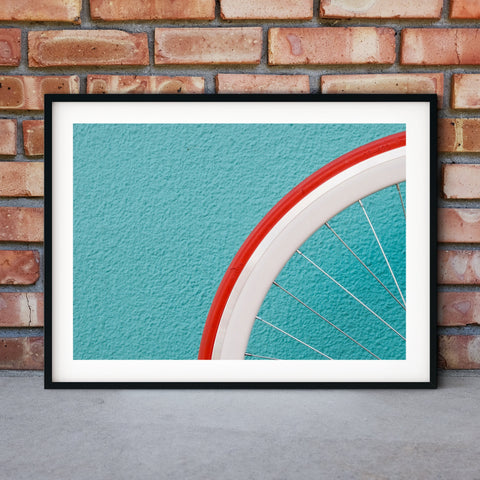Macro photography is a captivating genre that allows photographers to explore the intricate details of small subjects, revealing a world often unseen by the naked eye. Whether you're interested in capturing the delicate petals of a flower, the intricate patterns on an insect's wing, or the mesmerizing texture of everyday objects, mastering macro photography requires a combination of technique, equipment, and creative vision.

Understanding Magnification and Working Distance
At the heart of macro photography lies the concept of magnification. This refers to how much larger a subject appears on the camera's sensor compared to its actual size. A 1:1 magnification ratio signifies life-size representation, while ratios like 1:2 represent half-life-size magnification. Achieving true macro photography requires a magnification ratio of 1:1 or higher.
Working distance, on the other hand, is the space between the front of the lens and the nearest subject. This distance becomes crucial when shooting small subjects like insects. Depending on the magnification and the lens used, the working distance can vary significantly.

Essential Equipment: Macro Lenses
While modern cameras offer built-in macro modes, these typically fall short of true macro magnification. To capture magazine-worthy macro images, investing in a dedicated macro lens is essential. These lenses offer 1:1 magnification and beyond, delivering unparalleled image quality and detail.
Macro lenses often have focal lengths ranging from 90 to 105mm. Longer focal lengths provide more working distance and allow you to capture subjects without getting too close. For subjects like coins or stamps, a flat-field macro lens ensures edge-to-edge sharpness.
Or, alternatively you can achieve similar results with the iphone 13's macro mode!

Choosing Suitable Subjects and Locations
Not everything makes a good macro subject. Some subjects may not be recognizable when viewed up close without context. Common macro subjects include small insects, flowers, raindrops, and miniature objects. When photographing insects, it's essential to approach cautiously to avoid startling them.
The choice of location also matters. Places rich in flowers and plants offer ample opportunities for macro shots. Bugs and insects are more active in warmer temperatures, while colder weather may yield still subjects. Overcast conditions provide soft lighting, ideal for capturing fine details without harsh shadows.

Working with Lighting and Composition
Proper lighting is crucial for macro photography. Natural light can be manipulated using diffusers to soften harsh light. Flash photography is also advantageous, freezing motion and compensating for reduced natural light.
Composition is key to creating captivating macro images. Backgrounds play a vital role; contrasting backgrounds positioned farther from the subject can produce beautiful background blur. Experiment with angles and perspectives to reveal different aspects of your subject.

Focus, Depth of Field, and Manual Control
Focusing in macro photography often requires manual control, as autofocus struggles to find a clear focal point up close. Depth of field is a balancing act; smaller apertures represented by higher f-stop numbers increase depth of field but may impact image quality due to diffraction. Finding the perfect aperture setting involves a trade-off between desired sharpness and avoiding image degradation.
The intricacies of tiny details demand careful attention, which manual focusing allows for. However, this manual control can be rewarding, granting you the power to decide exactly where to place your focus, resulting in images that reveal the beauty of even the tiniest elements.
In the pursuit of impeccable detail, photographers often turn to advanced techniques such as focus stacking. This method involves capturing multiple images of the same subject with varying focus points and then combining them in post-processing. The result is an image with enhanced sharpness throughout, overcoming the challenges posed by shallow depth of field. Through the judicious use of manual focus, understanding depth of field nuances, and experimenting with techniques like focus stacking, macro photographers unlock the full potential of their subjects, revealing intricacies that might otherwise go unnoticed
Patience and Practice
Macro photography demands patience and practice. Mastering this art involves understanding your gear, learning about your subjects' behaviour, and honing your compositional skills. Don't be afraid to experiment with different angles, lighting setups, and compositions. Every shot is a chance to refine your technique and capture the beauty of the miniature world around us.
Explore the Beauty of Macro Photography with Framed Prints
After delving into the world of macro photography and discovering the artistry that goes into capturing intricate details, why not take the experience a step further by exploring Lelloliving's stunning collection of framed macro photography prints?
With our framed photography prints, you can bring the enchantment of macro photography into your living spaces, creating a visual escape that invites you to appreciate the wonders of the natural world up close. Whether you're an avid photography enthusiast or simply someone who appreciates the delicate beauty of flora and fauna, Lelloliving's macro photography prints offer a unique way to adorn your walls with art that captures the essence of nature.



